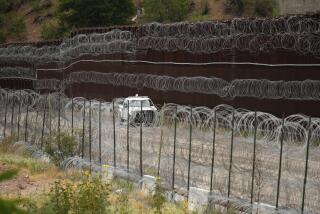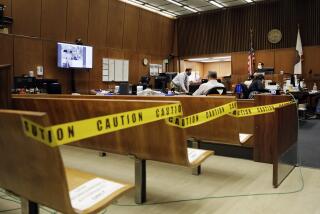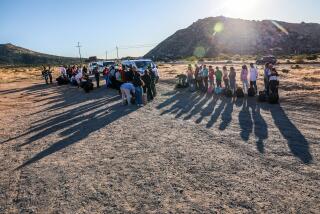Budget constraints and technical challenges cut into the effectiveness of increased scrutiny
Border authorities are more alert to terrorism than a year ago. U.S. agents are checking would-be entrants’ names more consistently, and even Canadian citizens must now present photo identification. Inspectors are no longer bound by a rule that no traveler could be delayed more than 45 minutes.
Within 15 minutes of the takeoff of a flight heading to the United States, the names, citizenship and dates of birth of all passengers and crew must be in the hands of customs officials for checking against watch lists and other databases.
Before Sept. 11, such notice was voluntary. Among those then refusing to participate were the national airlines of Pakistan, Saudi Arabia, Egypt, Jordan and Kuwait.
But Washington’s ambitious promises to tighten border security are colliding with budget limits, technical challenges, political ambivalence and bureaucratic turf battles.
It was only in July--10 months after the terrorist attacks--that the State Department quit allowing travelers in Saudi Arabia to get U.S. visas through travel agencies, often without so much as an interview with an official at the American consulate.
Starting this month, Immigration and Naturalization Service border inspectors have new authority and discretion to obtain fingerprint and detailed background information from noncitizens, based on intelligence information.
What’s less clear is whether the border inspectors are getting the crucial intelligence data they need, when they need it.
“Ultimately, the effectiveness of INS people at the border is dependent on the effectiveness of the intelligence information that we receive,” says INS spokesman Russ Bergeron.
More to Read
Sign up for Essential California
The most important California stories and recommendations in your inbox every morning.
You may occasionally receive promotional content from the Los Angeles Times.










